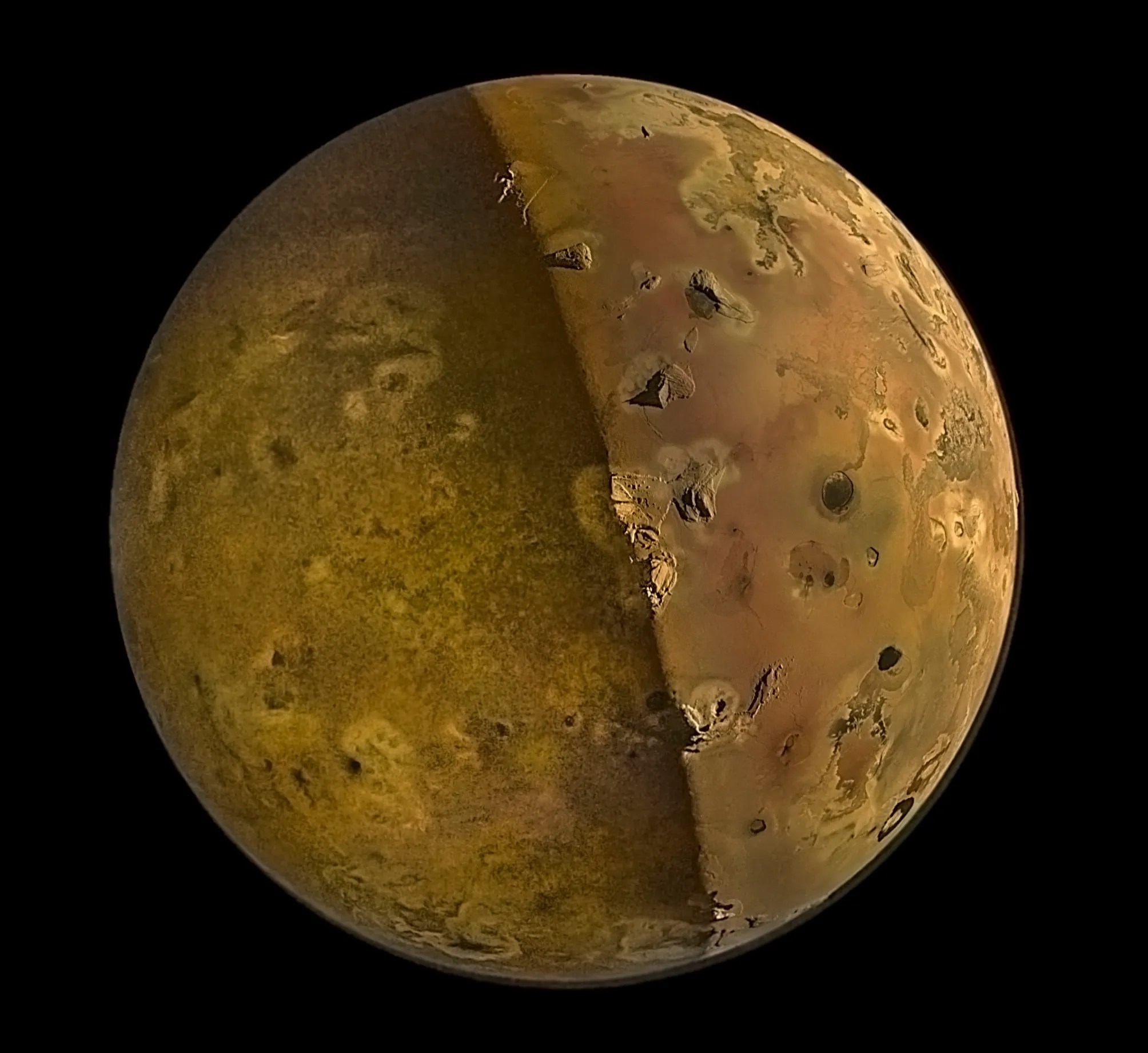Juno Io photos available in raw data drop from NASA
Last week, NASA’s Juno completed its second-closest fly-by of the volcanic Jovian moon, Io, capturing a slew of photos along the way. Now, the space agency is calling on the public to help sort through all of the photos and raw data that Juno captured.
NASA says that Juno’s most recent flyby, which brought the probe within 930 miles (1,500 kilometers) of the Jovian moon’s surface, is the closest flyby that any spacecraft has carried out in more than 20 years. We already know that flyby captured images of twin volcanic plumes on Io, but NASA says there is a lot more data to go through.
The photos of Io were captured by Juno’s “JunoCam,” which has provided beautiful and high-resolution images of the various Jovian moons, as well as Jupiter itself. This latest flyby mostly centered on the southern hemisphere of the moon, though other flybys have captured the north in great detail.
However, because NASA has so much data to sort through, the space agency has now opened up the gates to the raw Junocam data gathered during this latest flyby. The JunoCam scientists will undoubtedly be doing their own sorting, but with so much to go through, it’s likely you could find something before anyone else or at least give it your own spin.
Part of the appeal of processing data like this is being able to give it your own interpretation. And Juno’s photos of Io are exactly the same, as the image processors may approach how they color the images differently, something we’ve seen happen multiple times in images from the James Webb space telescope.
If you’re interested in joining in and helping the JunoCam scientists sort through everything, you can access the raw data pool on the Juno website. You’ll also be able to go through the creations that other image processors have submitted and even submit your own work.
Last week, NASA’s Juno completed its second-closest fly-by of the volcanic Jovian moon, Io, capturing a slew of photos along the way. Now, the space agency is calling on the public to help sort through all of the photos and raw data that Juno captured.
NASA says that Juno’s most recent flyby, which brought the probe within 930 miles (1,500 kilometers) of the Jovian moon’s surface, is the closest flyby that any spacecraft has carried out in more than 20 years. We already know that flyby captured images of twin volcanic plumes on Io, but NASA says there is a lot more data to go through.
The photos of Io were captured by Juno’s “JunoCam,” which has provided beautiful and high-resolution images of the various Jovian moons, as well as Jupiter itself. This latest flyby mostly centered on the southern hemisphere of the moon, though other flybys have captured the north in great detail.

However, because NASA has so much data to sort through, the space agency has now opened up the gates to the raw Junocam data gathered during this latest flyby. The JunoCam scientists will undoubtedly be doing their own sorting, but with so much to go through, it’s likely you could find something before anyone else or at least give it your own spin.
Part of the appeal of processing data like this is being able to give it your own interpretation. And Juno’s photos of Io are exactly the same, as the image processors may approach how they color the images differently, something we’ve seen happen multiple times in images from the James Webb space telescope.
If you’re interested in joining in and helping the JunoCam scientists sort through everything, you can access the raw data pool on the Juno website. You’ll also be able to go through the creations that other image processors have submitted and even submit your own work.
